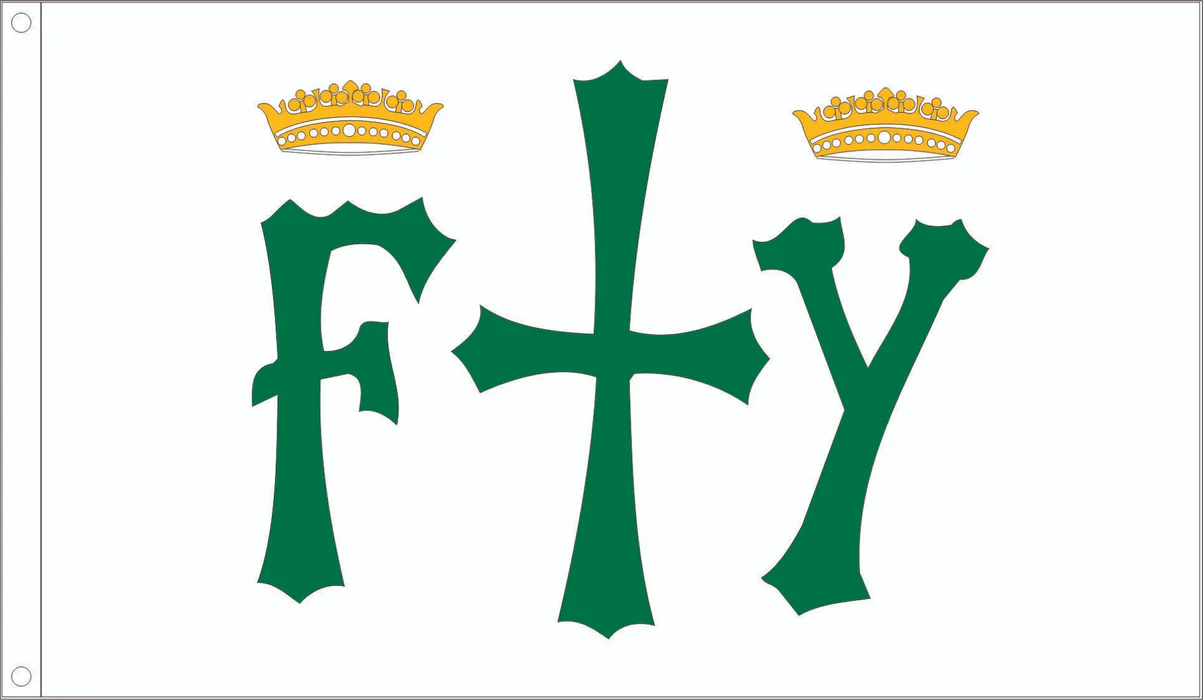
Columbus Expedition Flags
SIZE: 3'x5' Buy authentic Columbus Expedition Flags. Our historical flags are unsurpassed in quality and authenticity. This Columbus Expedition flag is fully printed has 2 brass grommets on the left used for hanging. Made from durable nylon material.
3'x5' Flag With Brass Grommets. Durable nylon material, 100% Made in the USA.